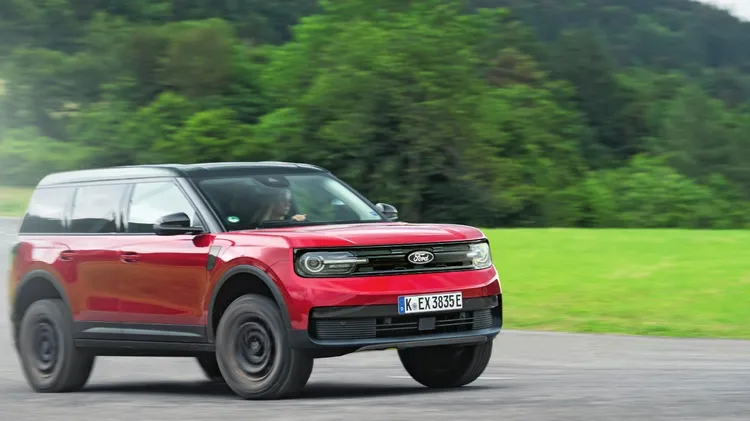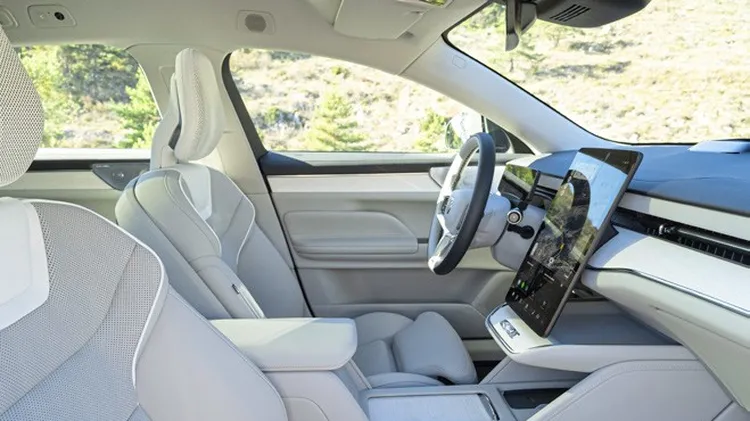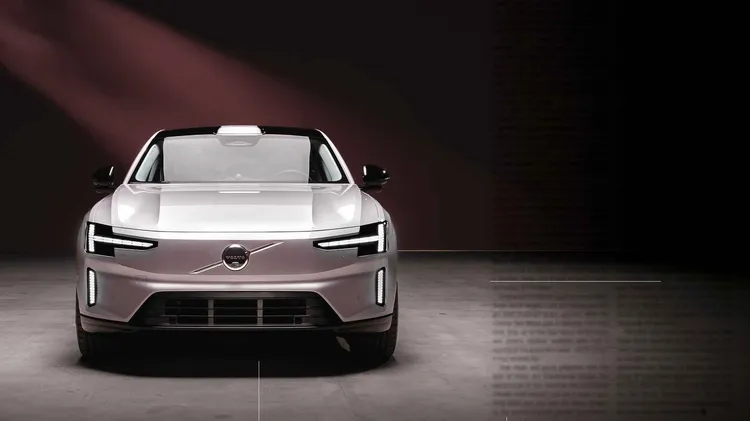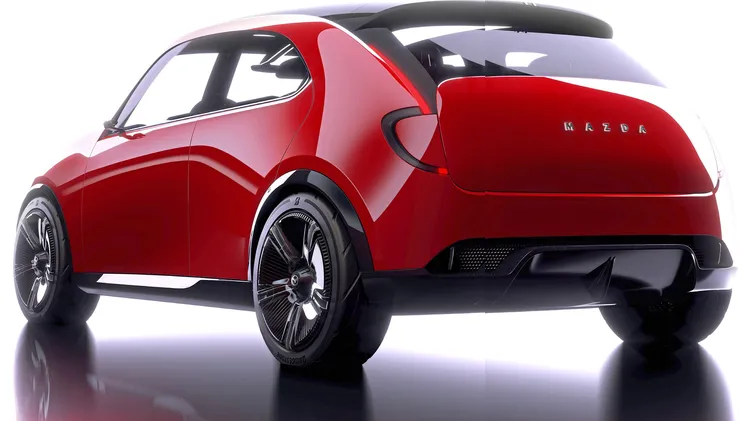Radical new mega-casting production method will c
Volvo on the cusp of a production revolution
4 min read
This article is from...
Read this article and 8000+ more magazines and newspapers on Readly






